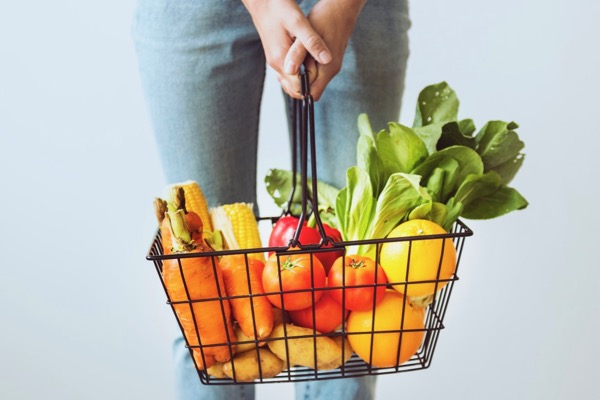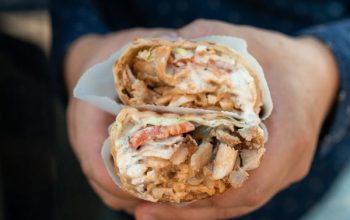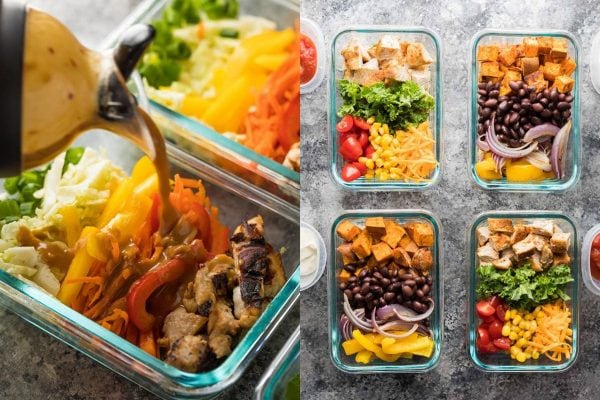Your closest companion burns through $800 on natural sheep milk and high quality, craftsman quinoa burgers every month for her family, while your more youthful sibling burns through $100 on ramen noodles and microwave pizzas. You’re some place in the center, yet you’re befuddled about what’s correct.
The issue with looking at nourishment spending plans is that no two are actually similar. Normally, a few people spend more (or less) in light of their family size, inclinations and pay. That is the reason it’s critical to discover the basic food item spending that is directly for your family.
Here are five stages to finding your general store total:
Stage 1: Dig into your present spending. What amount would you say you are paying for staple goods at this moment? This is certainly not a number you should speculate. Output through a month ago’s bank proclamation and see what you spent on meat, cheddar and new pressed pickles. Is it much more than you anticipated? Is it more than you need to pay? This is your beginning stage.
Stage 2: Set your new sum. Since you realize the amount you’ve been paying Trader Joe, make sense of the amount you’d preferably pay him. For instance, in the event that you burned through $600 on food supplies a month ago and need to decrease a bit, take a stab at wrecking it to $500 this month. Keep it reasonable.
Stage 3: Break it down into littler lumps. Before you start shopping, partition your all out spending plan into a progressively edible sum. Take that $500 for the month and separation it into about a month ($125). Thinking in littler sums will prevent you from blowing $400 in the principal week and eating PB&Js for the following three.
Stage 4: Make it work for you. Adhere to your new nourishment spending plan with a couple of our preferred basic food item tips:
Make a dinner arrangement. Plan morning meals, snacks, suppers and snacks for the following week. At that point work out your shopping list based around the supper plan. Adhere to the rundown to stay away from drive buys.
Think nonexclusive. In case you’re as of now purchasing nonexclusive sugar and salt, why not bet everything? In an ongoing contextual analysis, analysts inferred that Americans could spare $44 billion altogether on the off chance that we purchased more store-brand things and less name-brand stuff. Simply read the marks first.
Purchase in mass. With regards to durable products (or that spinach you use in your day by day plate of mixed greens), snatch the greater size. You’ll spare more per ounce and cut down on inefficient bundling. You may even have the option to solidify what you needn’t bother with immediately!
Swap markets. Because you know where all your preferred nourishments are doesn’t mean you’re getting the best arrangement. Attempt another market (or mix of stores) and you could spare a pack. Ask your arrangement canny companions where they shop and go from that point.
Stage 5: Evaluate each month. When the month closes, glance back at what worked and what didn’t. On the off chance that you met your basic food item objective with $50 to save, that is superb! On the off chance that you wound up going over spending plan, have a go at disentangling a portion of your dinner designs or knocking up your financial limit a piece.
In a month or two, you should discover the basic food item spending that is directly for you. Not any more thinking about whether you’re overspending. No all the more contrasting yourself with your loved ones. You’ll be in charge and sure you’re doing it right!




